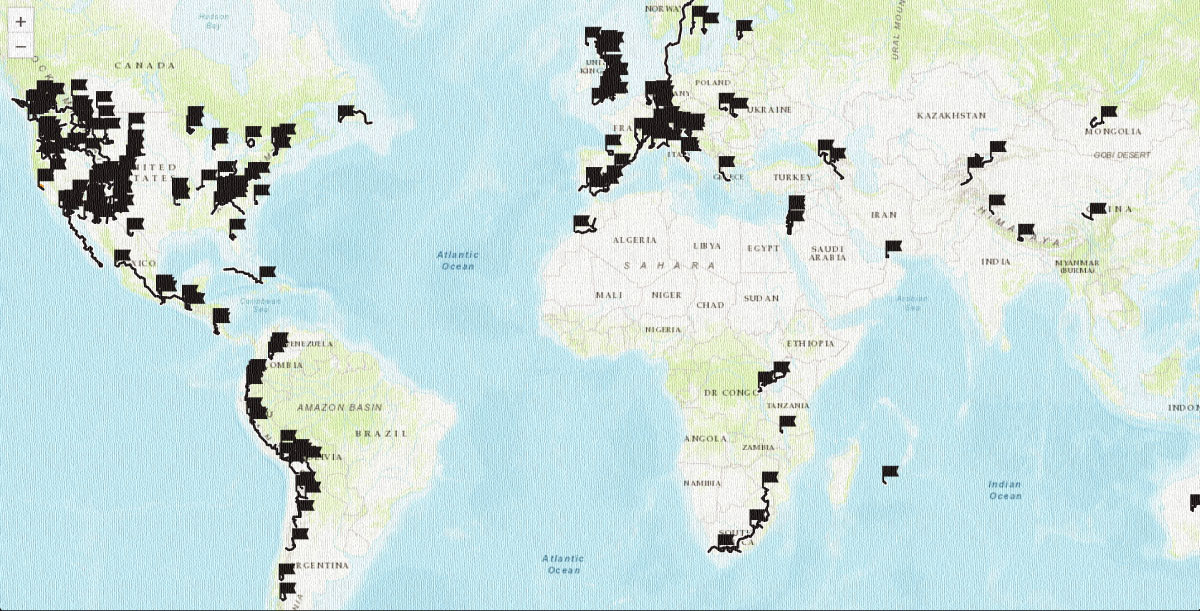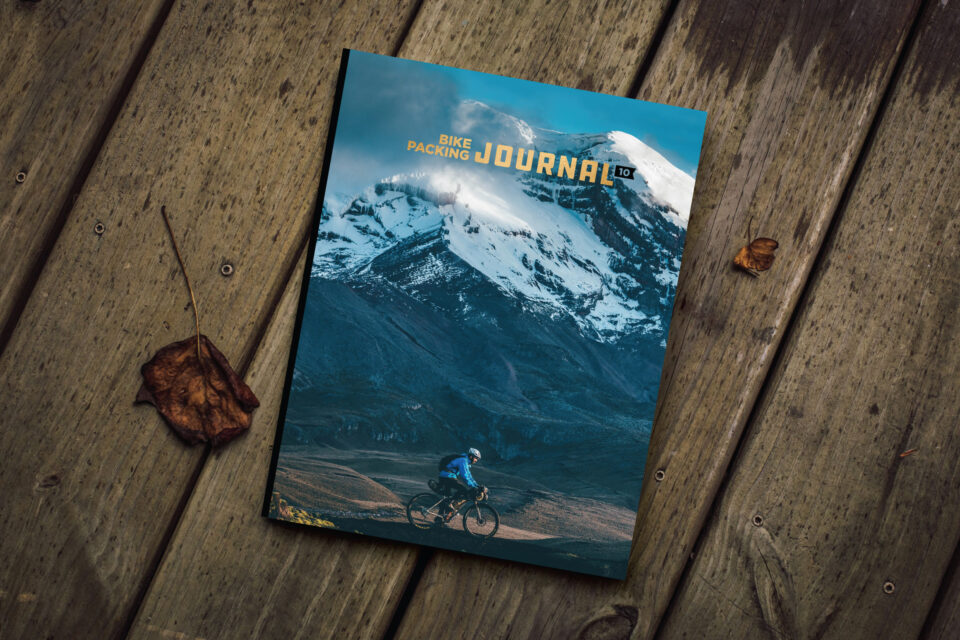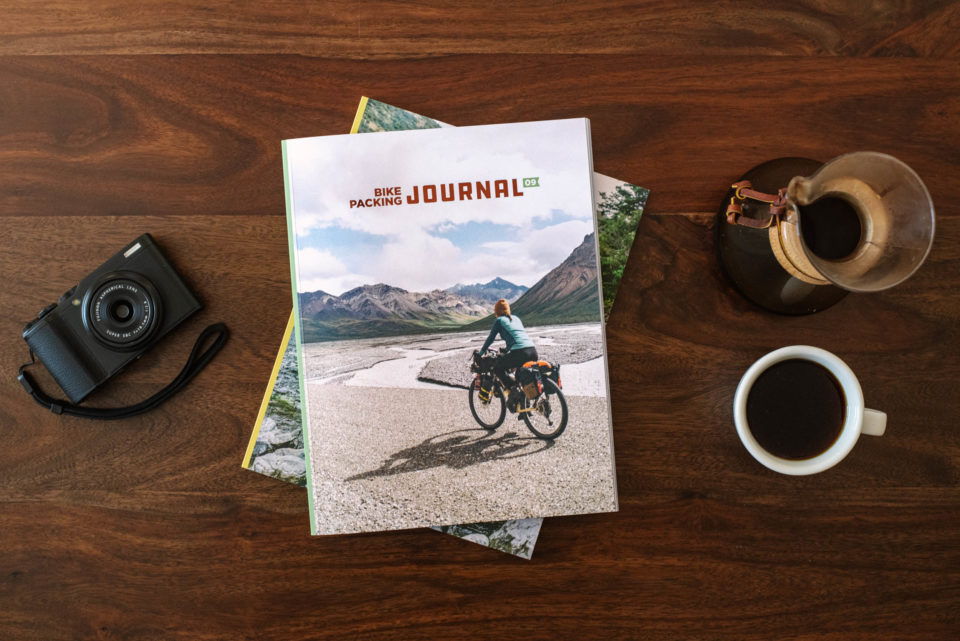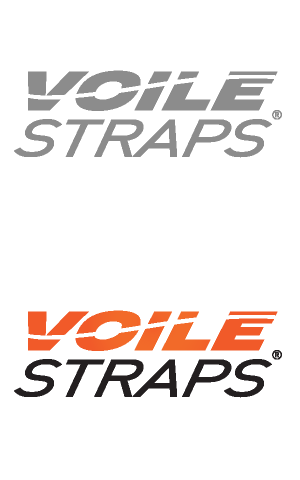Co-op Tips and Guidelines
Our goal with the Bike Camp Co-op is to enable members to buy, sell, and trade quality bikes, components, bikepacking bags, camping gear, and accessories through an efficient platform with like-minded members of the Bikepacking Collective. Here are some helpful guidelines to keep the Bike Camp Co-op safe and easy to use.
For Sellers
Creating a great Co-op listing starts with a clear, detailed, and honest description of the item. Be sure to consider and include the following information:
- Be concise but informative in your listing title. Include brand, model, and size.
- Use original, high-quality photos from multiple angles to help attract buyers and build trust. Stock photos and photos from other sources are not permitted.
- If you’re a relatively new member and don’t have a Verification score, add at least one timestamped photo (photo of the item that contains a piece of paper with a handwritten date and your user name).
- Make sure to include details to show wear and tear, such as paint scratches, abrasion, or chain wear.
- Include key details on the item’s condition and any notable features in the description.
- Set a fair price by researching similar listings, and specify whether you’re open to offers.
- Add details about any components on the item and their condition.
- If you’re interested in a trade, be sure to specify what you’re open to in the listing.
- Include any shipping or delivery options beyond the standard selection we provide.
- Specify payment terms and accepted methods of payment.
- Lastly, respond promptly to inquiries and be prepared to answer questions to ensure a smooth transaction.
Avoiding Scams and our Badge Verification System (Sellers)
Start by looking at the buyer’s credentials. If they have a blue shield next to their name, that means they’ve been a member for over one year. A gold shield means they’ve been a member for over two years. The number in the starburst-shaped Verified badge represents their verification score—how many verified interactions they’ve had with other buyers and sellers. If the buyer hasn’t been a member long and doesn’t have any verifications, that doesn’t necessarily mean they’re a scammer, but be aware and pay attention to the following:
- Use Secure Payment Methods – Accept payments through PayPal Goods & Services or other secure platforms. Avoid checks or money orders.
- Beware of Overpayments – Scammers may send a check or payment for more than the agreed amount and ask for a refund. This is a classic scam.
- Wait for Payment Clearance – Ensure funds are fully processed before shipping the item.
- Ship with Tracking and Insurance – Always use a tracked and insured shipping method to protect yourself from fraudulent claims.
- Meet in a Safe Location – If selling locally, meet in a public place and only accept cash.
- Be Wary of Requests to Ship Internationally – Many scams involve fake shipping companies or stolen payment details.
- Avoid Unusual Requests – Be cautious if a buyer asks you to use a third-party escrow service you’ve never heard of.
- Keep Communication on Basecamp – This helps provide a record of the transaction in case of disputes.
- Set Clear Terms – Be upfront about pricing, condition, and return policies to avoid misunderstandings.
- If it seems too good to be true, it probably is – A vintage Moots with the original paint job in mint condition for a mere $500 USD? It’s probably not real. Use market research and common sense to inform your buying decisions.
For Buyers
As stated in the agreement you clicked on entry, we offer several safeguards to make transactions go smoothly. These include limiting listing permissions to only paying members, assigning members verification badges based on their membership term, and allowing members to verify interactions. However, we still recommend doing your due diligence before agreeing to a sale.
Start by looking at the seller’s credentials. If they have a blue shield next to their name, that means they’ve been a member for over one year. A gold shield means they’ve been a member for over two years. The number in the starburst-shaped Verified badge represents their verification score—how many verified interactions they’ve had with other buyers and sellers. If the seller hasn’t been a member long and doesn’t have any verifications, that doesn’t necessarily mean they’re a scammer, but be aware and pay attention to the following:
- Verify Photos – Ask for additional or timestamped photos (photos of the item that contain a piece of paper with a date and the user’s name written by hand) to ensure the seller actually has the item.
- Avoid Too-Good-To-Be-True Deals – If the price seems unusually low, be cautious.
- Use Secure Payment Methods – Pay through PayPal (Goods & Services) or other platforms that offer buyer protection. Avoid wire transfers or gift payments.
- Request a Tracking Number – If purchasing an item that will be shipped, get a tracking number and confirm the shipping method.
- Meet in Person When Possible – If local, meet in a safe, public place and inspect the item before paying.
- Be Wary of Urgency Tactics – Scammers often push buyers into quick decisions to avoid scrutiny.
- Confirm Serial Numbers – If buying high-value items (e.g., bikes or electronics), ask for a serial number and check against theft databases.
- Communicate in Basecamp – Avoid moving conversations to private emails or messaging apps too quickly, as scammers may use this tactic to avoid detection.
- Trust Your Instincts – If something feels off, walk away.
Ride Rendezvous Tips and Guidelines
Ride Rendezvous is a space that allows members to connect to plan rides and bikepacking trips together. Members can create “Ride Buddy Requests” to seek partners to join them, whether for a local loop to get a coffee or a ride across a continent. The app lets you specify who, where, how many people you’re looking for, and other key details. Members can also respond to and join existing Ride Buddy Requests. Here are some tips to remember when creating and replying to requests.
Creating a Request
Be as thorough as possible in describing your ride or trip to perspective joiners know what to expect. You’ll be guided through the key details when creating your listing. These include the city, state/province, and country; the start date and length; whether or not you’re riding an existing route; specifics such as your gender, skill/experience level, and proposed pace; the number of people in your group; and other details about the ride and the type of folks you’re seeking.
Responding to a Request
When browsing listings, please be considerate of the details and expectations set out in Ride Buddy Request. The creator will specify their experience level and pace, and we ask that you be considerate of their wishes for the ride. If they’re seeking other beginners for a first bikepacking trip, please don’t join them if you’re an expert rider who likes to push the pace, as that mismatch won’t be fun for anyone.
And as always, use common sense when communicating with someone you meet online. We recommend communicating through the Ride Rendezvous portal as much as possible. Still, we’d also advise you to connect with your potential ride partner for a phone or video call so you can discuss the ride/trip specifics in as much detail as possible to determine whether you’re a good fit. Always let someone else know of your plans before heading out on a trip with a new Ride Buddy.
Closing a Request
Once you’ve found the desired number of ride partners or have completed your trip, please be sure to close the requests so other Bikepacking Collective members can no longer send you messages pertaining to it.





















